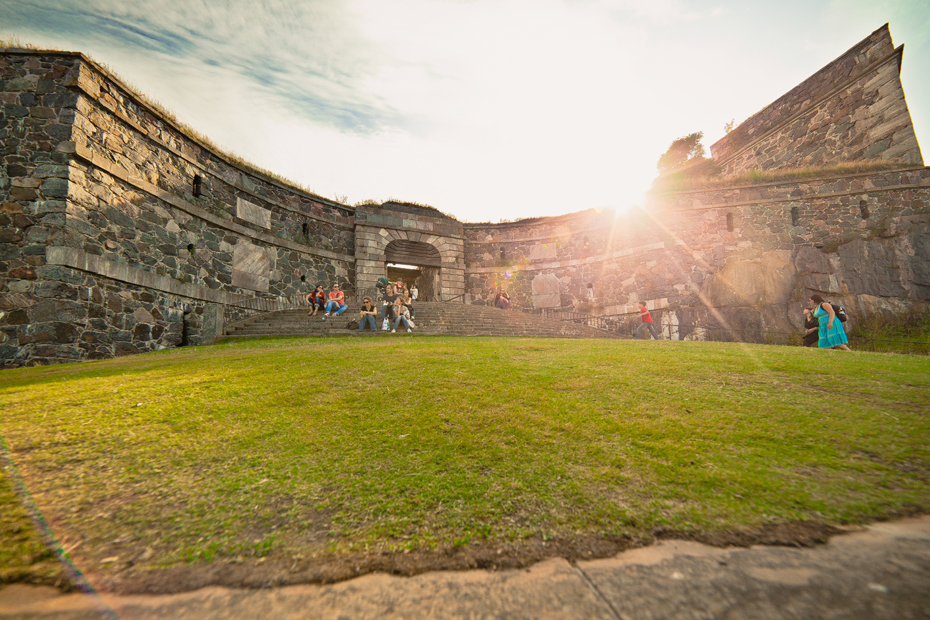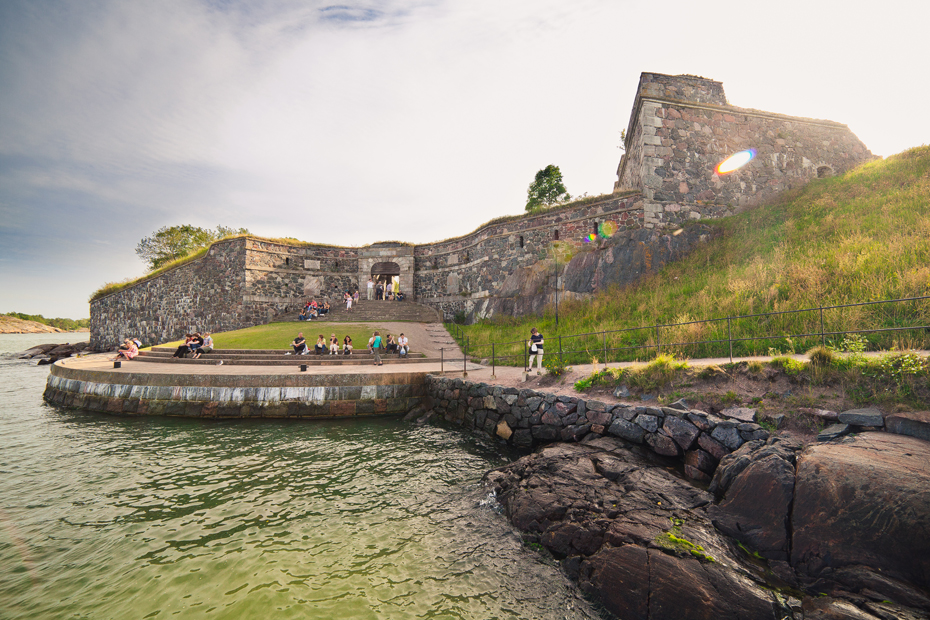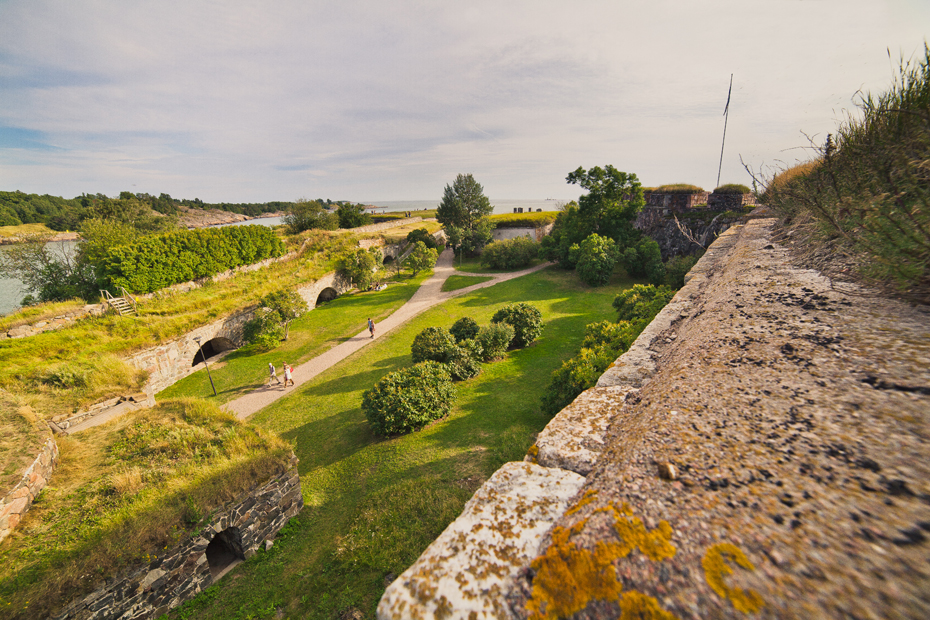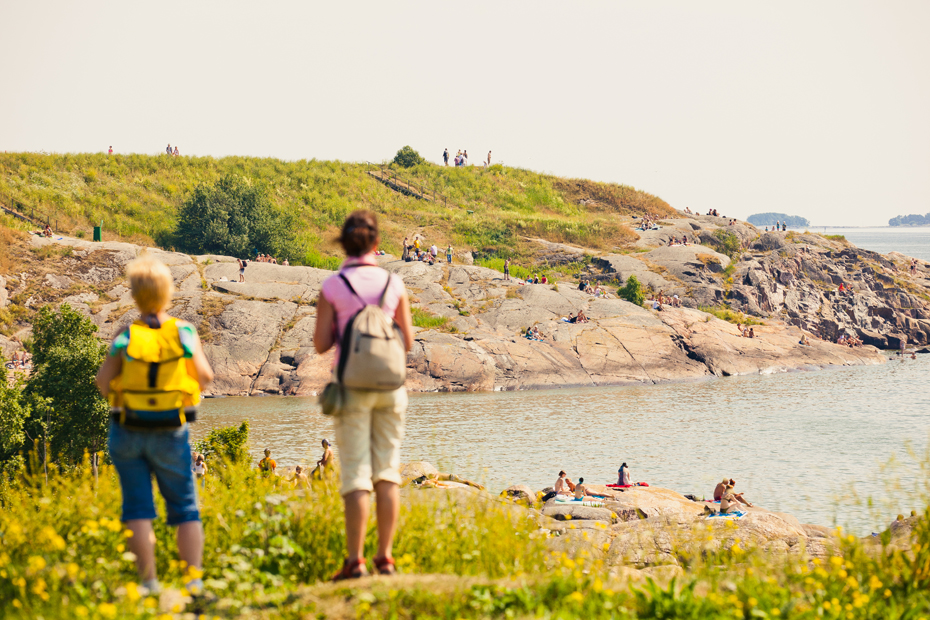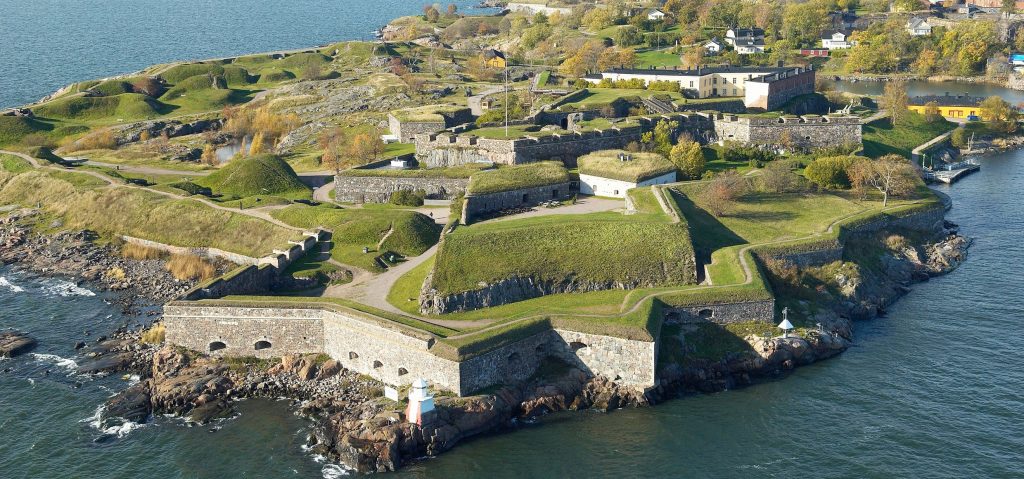
The island Fortress of Suomenlinna was recognised by UNESCO as an outstanding example of military architecture of its time, representing both the general fortification principles of the 18th century, and the specific characteristics unique to military buildings. It was added to the list of World Heritage Sites in 1991, and continues today to be one of Helsinki’s most popular tourist attractions, while remaining home for around 850 permanent residents. Originally named Viapori, or Sveaborg in Swedish, Suomenlinna was built on the six islands of Kustaanmiekka, Susisaari, Iso-Mustasaari, Pikku-Mustasaari, Länsi-Mustasaari and Särkkä.
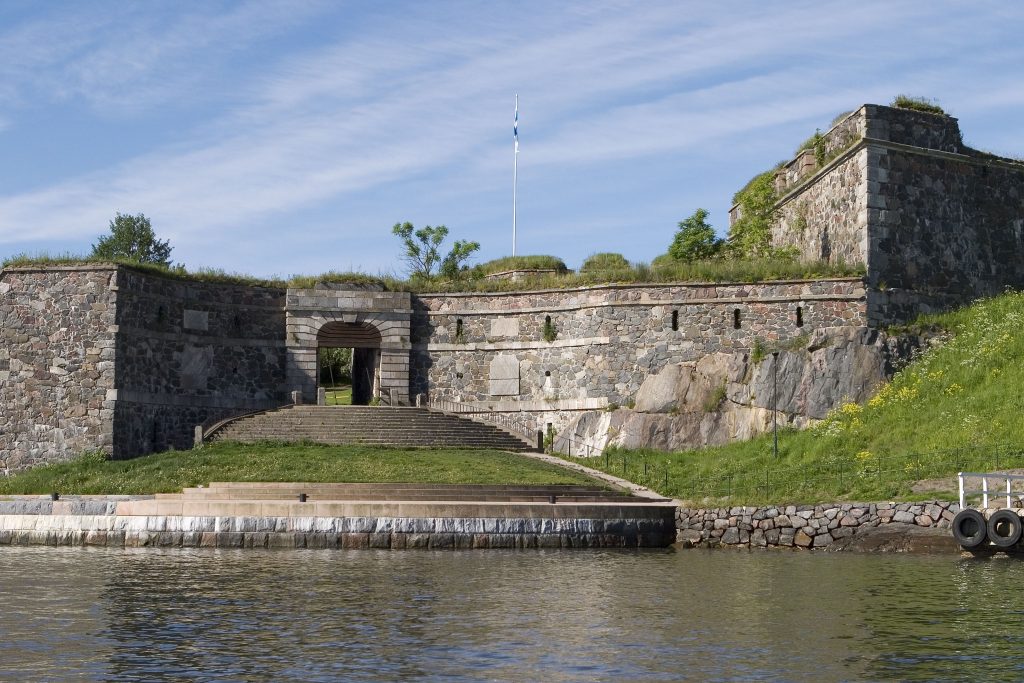
History of Suomenlinna
The construction of Sveaborg began in 1748, when Finland was still part of Sweden. Count Augustin Ehrensvärd, a Swedish noble and military officer, launched the construction of the fortress, and you can still view various examples of his work in the fortress. His tomb, a monument erected by Swedish King Gustav III, is located on Susisaari island on the Great Courtyard. In 1750, two years after construction had begun, the fortress was opened and named Sveaborg, or Viapori in Finnish.
During the Russo-Swedish War 1788–1790 fortress operated as the principal base for Sweden’s military operations. Another war between the two great powers in the Baltic was fought in 1808 and 1809, with Viapori being laid siege to by Russian forces, and eventually surrendering after 3 months. Sweden lost the war, and seven centuries of its control of Finland came to an end, with Russia becoming the occupier of Suomenlinna.
Immediately after taking over, the Russia began an extensive building program, extending the dockyard, reinforcing the fortifications and adding many new barracks. During the Crimean War 1855, Viapori was heavily bombarded by the Anglo-French fleet, and sustained severe damage. Following the end of that war, much rebuilding and repairs were needed. In 1906 the fortress was the site of a military rebellion following revolutionary unrest in Russia. In 1917 Russia underwent a revolution, and on December 6th Finland declared its independence.
The following year 1918 the Finnish government took over Viapori and renamed it Suomenlinna. Following independence, Finland engaged in a civil war, after which the government set up a prison camp for Red prisoners.
In 1919 various units of the Finnish Defence Forces were quartered in Suomenlinna, beginning the Finnish garrison era, which lasted until 1973 when the the Governing Body of Suomenlinna was established.
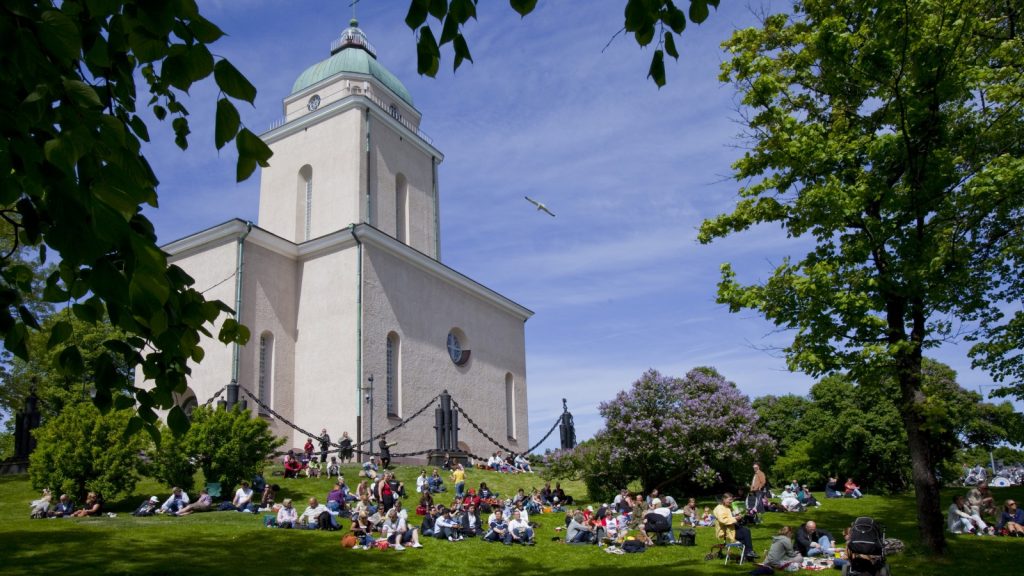
Suomenlinna Today
Although the presence of military on the islands has been considerably reduced since 1973, the Suomenlinna garrison continues to house the Merisotakoulu, the Naval Academy of the Finnish Navy. Today, Suomenlinna is more than just a part of Helsinki, it is a town in its own right with around 800 permanent residents, providing work for some 400 people all year round, rising to 500 in the summer.
Suomenlinna is not merely a historical site of considerable significance, but a living and thriving community. Since the mid 1980s, when the Nordic Arts Centre was established there, Suomenlinna has also become known as an avant-garde cultural location, with several buildings having been converted into artists studios and let by the administration at reasonable rates. There is an art school for children during the summer, and a summer theatre whose open-air performances regularly get packed houses. The islands are very popular with tourists and Helsinki mainlanders not just for the culture, but as a recreational haven – there are parks, a small beach, many restaurants and cafés and several museums.
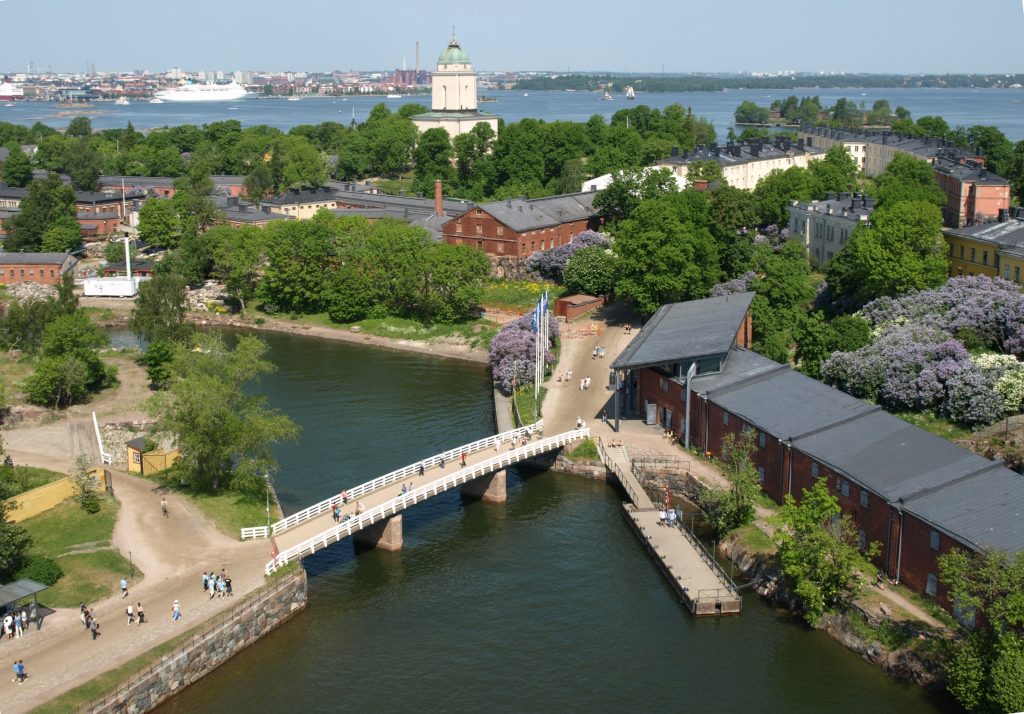
Things to do in Suomenlinna
The first stop for many tourists is the Visitor Centre at the pink Jetty Barracks where they can get the best tips for your visit in many languages. In Suomenlinna Museum you can dive deeper into the history of the fortress and watch an interesting show in the auditorium of the museum in your many languages. From the museum shop you can purchase books, gifts and postcards.
Cafés and Restaurants in Suomenlinna
There are a number of dining options in Suomenlinna, from sumptious gourmet feasts to café snacks and a local bar. Restaurant Suomenlinnan Panimon ravintola is famed for a sumptuous offering of seasonal delicacies. It also operates a micro-brewery, and sells local beer brewed in the traditional way. Bastion Bistro operates in wooden infantry barracks built in 1892. Restaurant Adlerfelt by the Tykistönlahti bay is specialist in fresh food trends and wine. Viaporin Deli and Café serves a variety of lunch or take-out options. All these restaurants are open throughout the year. On the scenic location in Kustaanmiekka you can find Pizzeria Nikolai with tables set in the labyrinthine casemate vaults and terrace. Café Bar Valimo is located by the historical dry dock and the guest harbor. These two options are open from May until late September. There are also cafés on Suomenlinna. Cafe Silo is famous for its home baked traditional Finnish buns and tasty lunch salads in summer or soups in winter. Café Vanille charms with it’s pastry selection by the church and Suomenlinna Museum café provides a chance to do a museum and souvenir shopping in one stop. All three cafés are open all year round. Café Samovarbar in Suomenlinna Toy Museum is open seasonally, in example during the summer and around Christmas.
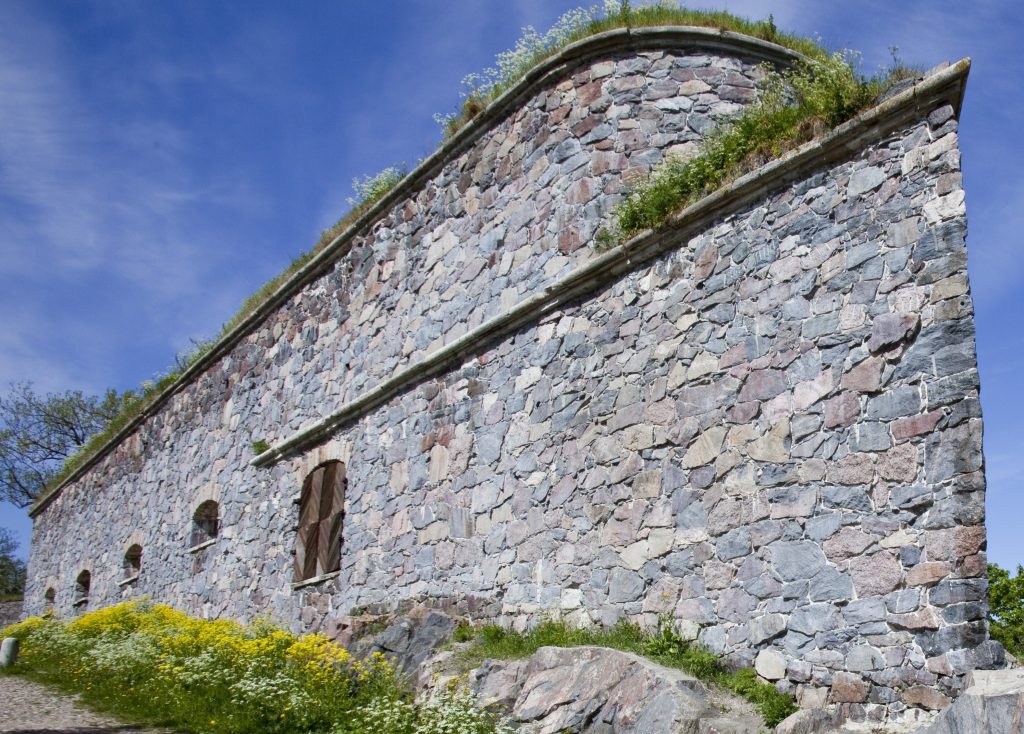
Attractions and Sights in Suomenlinna
The fortress itself is the principal site of interest, the most interesting features being the the Suomenlinna Church, the Dry Dock, the King’s Gate, the Great Courtyard, and Kustaanmiekka, the southern point of the fortress has the largest concentration of fortifications. The walls are 7 kilometers long, and there are over 100 cannon still present. If you want to get the most out of your Suomenlinna experience, start your visit from Visitor Centre at the Jetty Barracks just in front of the main pier where the ferry arrives.
There are six museums located on the islands; the main museum of the fortress, Suomenlinna Museum and the Military Museum being open all year round, and the 18th century interior museum Ehrensvärd Museum, the nostalgic Toy Museum, the interesting Customs Museum, and the unique submarine Vesikko being open seasonally. Art lovers can visit the HAA Gallery, which organises high-quality exhibitions of contemporary art, Gallery Augusta is a versatile art space for exhibitions and events run by HIAP, hosting their annual international summer exhibitions as well as other exhibitions and other events throughout the year. Artists working solely in ceramics are supported by Ceramic Studio Pot Viapori, Lasistudio Hytti operates a glass studio and workshops and studios located on in the bastion Hårleman are open to visitors during Art Walk events on Friday afternoons outside summer season. Art Walk promotes arts and crafts made in Suomenlinna as well as supporting and exhibiting the work during the event. The Arts and Crafts Summer Shop b34, presents and sells high-quality products and art, such as pottery, textiles and silverware, made by member artists, during the summer season.
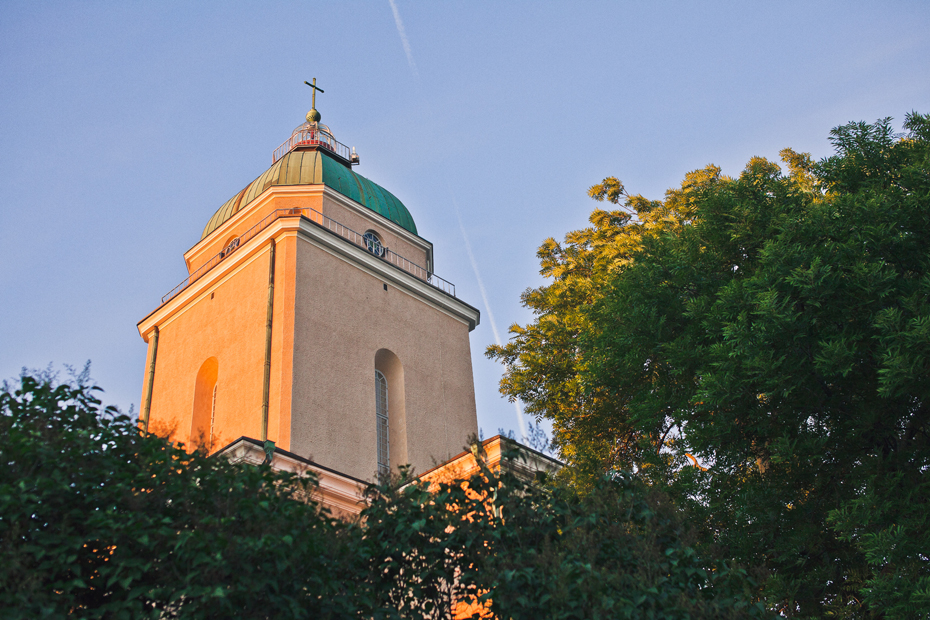
Events in Suomenlinna
Suomenlinna has a rich calendar of events, which includes changing exhibitions in the museums and galleries as well as specially crafted guided tours. Some of the main events are Suomenlinna Museum Day on June 6th annually, local food event Suomenlinnan Suupalat, Viaporin Kekri festival in late autumn. Christmas in the Fortress offers a great opportunity to get to know Suomenlinna in the end of the year!
